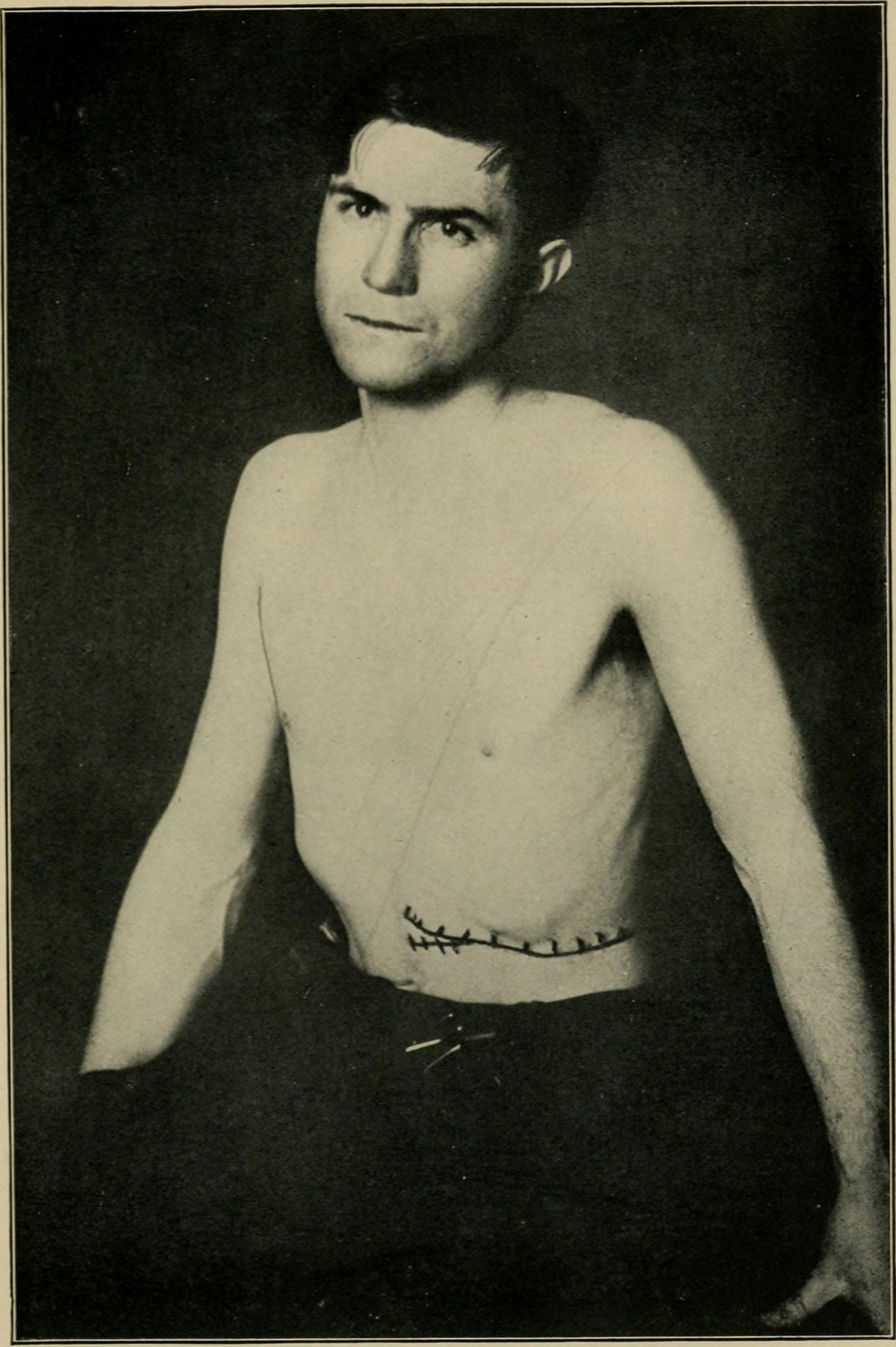
Hemifacial spasm is a term that refers to uncontrollable and involuntary twitching of the facial muscles. The twitching commonly affects the facial muscles on the side of the face and are controlled by the seventh cranial nerve. This nerve starts in the brain stem, exits the skull below the ear and then separates into five branches which innervate certain structures of the face. The facial nerve is predominantly a motor nerve. This means it controls muscles. The nerve innervates muscles that move the eyebrows, close eyes and move lips.
Hemifacial spasm affects both genders but is more common in middle-aged and elderly women. The condition in majority of cases initially features with intermittent twitching of the eyelid muscle which may cause forced closure of the eye. Further progression of the disease causes spasm of other facial muscles on one side of the face. Hemifacial spasm may be idiopathic (unknown underlying cause) or it is associated with the facial nerve injury or a tumor. And finally, the condition may develop due to compression of the nerve by a blood vessel.
Hemifacial Spasm: Symptoms
It may sound amazing but in 92% of all patients the disease starts near the eye and then spreads to other muscles of the face. The rest of the patients first experience spasm of the chin muscles and after this a condition spreads upward. The muscle twitching is generally painless. Still, most of the patients find it rather embarrassing. Twitching commonly interferes in normal facial expressions and may affect vision. The disease progresses slowly and gradually. Hemifacial spasm somehow affects the left side of the face more than the right one. The condition may worsen in certain number of patients if they are exposed to stress and may improve if the person lies down.
Hemifacial Spasm: Treatment
Treatment for hemifacial spasm includes injecting botulinum toxin directly into the twitching muscles. This treatment modality provides with satisfying results in majority of patients. This toxin is highly effective and can successfully paralyze the affected muscle by blocking messages that normally stimulate the muscle to contract. The effects obtained from botulinum toxin injections last approximately three months and the treatment needs to be repeated.
In some cases patients must undergo surgery and this treatment modality is basically reserved in case the condition develops due to compression of the facial nerve by a blood vessel. A neurosurgeon performs decompression of the nerve. This is achieved if the blood vessels are properly repositioned. And finally, people suffering from hemifacial spasm may benefit from certain self-help measures such as relaxation techniques. Unfortunately, homeopathy, acupuncture and dietary changes are not effective in case of this disorder.



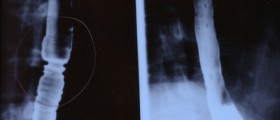


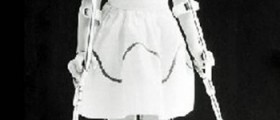
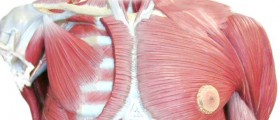

_f_280x120.jpg)

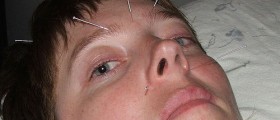
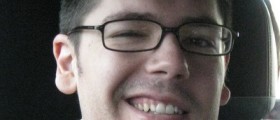
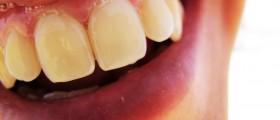
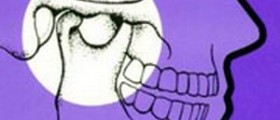


Your thoughts on this
Loading...